Mice can end up anywhere, including your business space or its surroundings. They can hitch a ride on transport, enter through construction defects, open doors, etc. If you are bothered by these small rodents, Protect Pest Control knows how to deal with them. We are specialists in keeping out and controlling rodents.
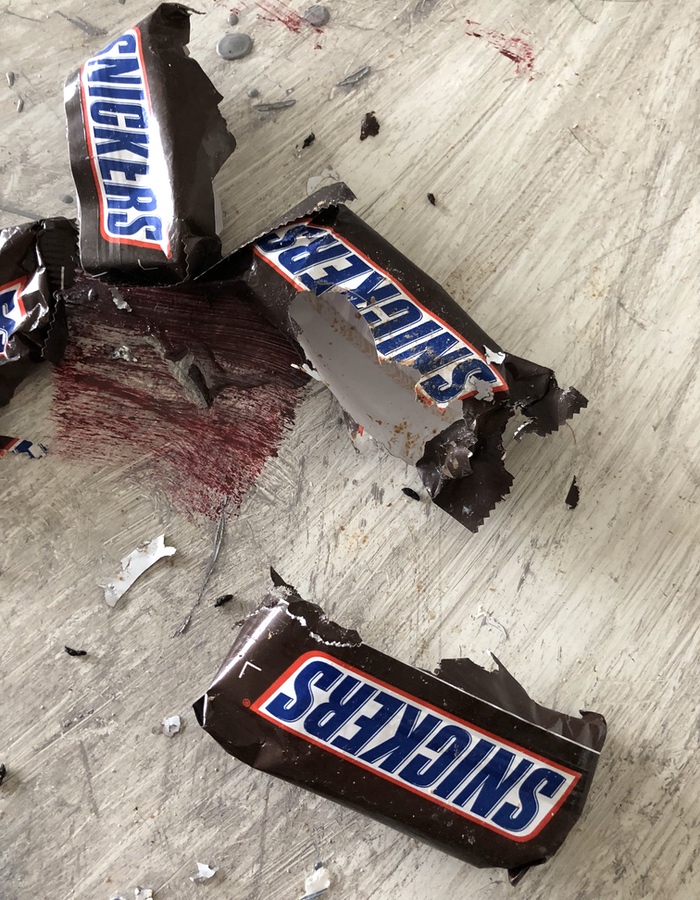
If there is an infestation of mice in your company, it is initially very annoying and annoying, but this also brings the necessary dangers for you and possibly your customers. Mice are disease vectors such as Salmonella, Leptospirosis and the Hantavirus and contaminate rooms with their feces, urine and saliva, thus spreading diseases that you and your customers can come into contact with. Also they are real gnawers this is because the teeth of a rodent continue to grow, to keep these teeth short they have to gnaw a lot. This can cause damage to wood, plastic, packaging and in the worst case, wiring. Aside from being a nasty expense, this can also pose a danger of short circuits and fire. As if this is not enough, this problem also results in image damage when customers see the rodents or their tracks. Protect Pest Control advises you especially because of these reasons to take the control of mice very seriously and have the infestation controlled carefully.
They eat around 5 grams in small bites at a time and have a talent for finding food supplies. Because of all these small bites, there is often a chance that in storage areas multiple types of food will be affected and pathogens can be transmitted. Once infested, the food is no longer edible, as the risk of contamination and transmission of bacteria is then too great. Protect Pest Control therefore advises you to throw away this food to be on the safe side.
Apart from these problems, there is also often intangible damage to people who come into contact with mice. In fact, many people have a certain fear of these animals or become restless because of them. It can also give you a good scare if a mouse suddenly shoots past you at an unexpected moment. Finally, people sometimes find it difficult to admit to the mouse problem because they are afraid that it has to do with poor hygiene. This absolutely does not have to be the case, as mice simply like dry, warm places where they can find food.
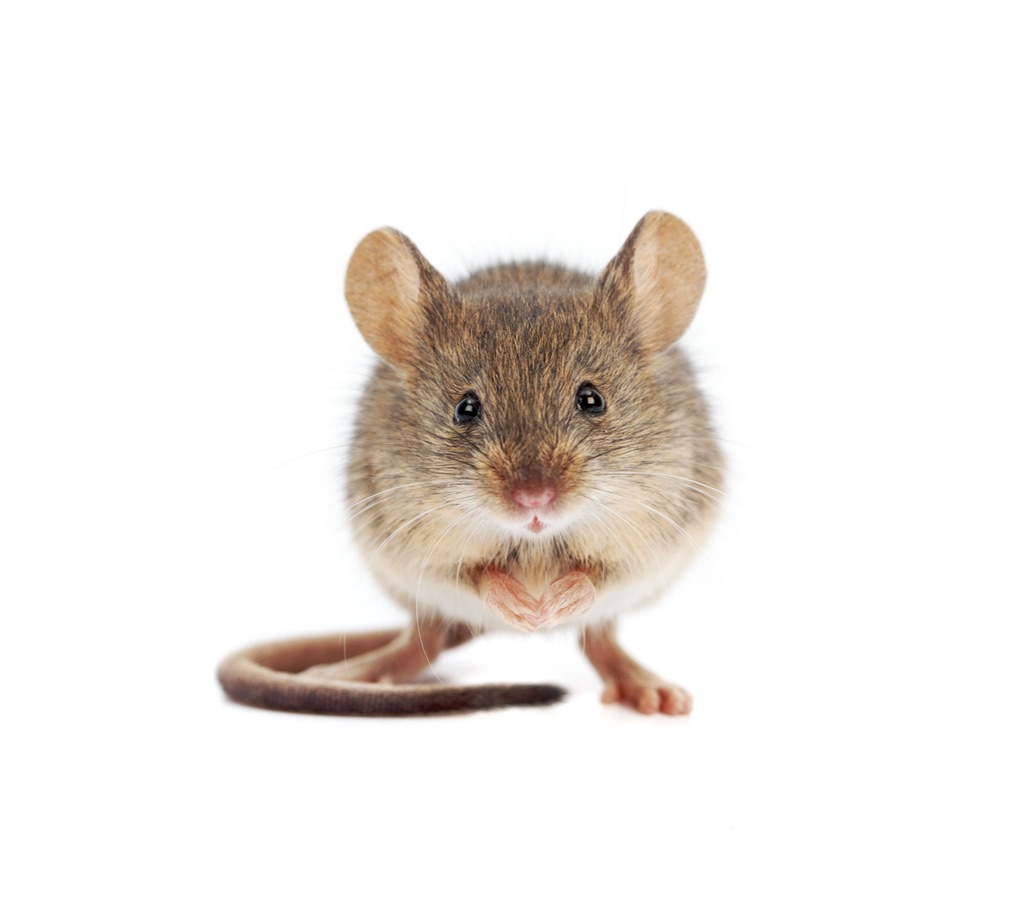
There are several species of mice that you may experience nuisance. You can recognize the common house mouse (or Mus musculus L.) by its rather small legs and head, with quite large ears. The body is about 7 – 10 cm long without the tail, which is about the same count or sometimes longer. They weigh between 15 – 30 grams and are light brown to dark gray on their back. Their abdomen is often a lighter color. A house mouse lives an average of one year and is active mainly at night.
A female gives birth an average of 6 to 10 times in her lifetime and gives birth to 5 or 6 young at a time. A mouse cub is fully sexually mature after only 2 months, and since the gestation period of a mouse is only 3 weeks, the population can increase very quickly.
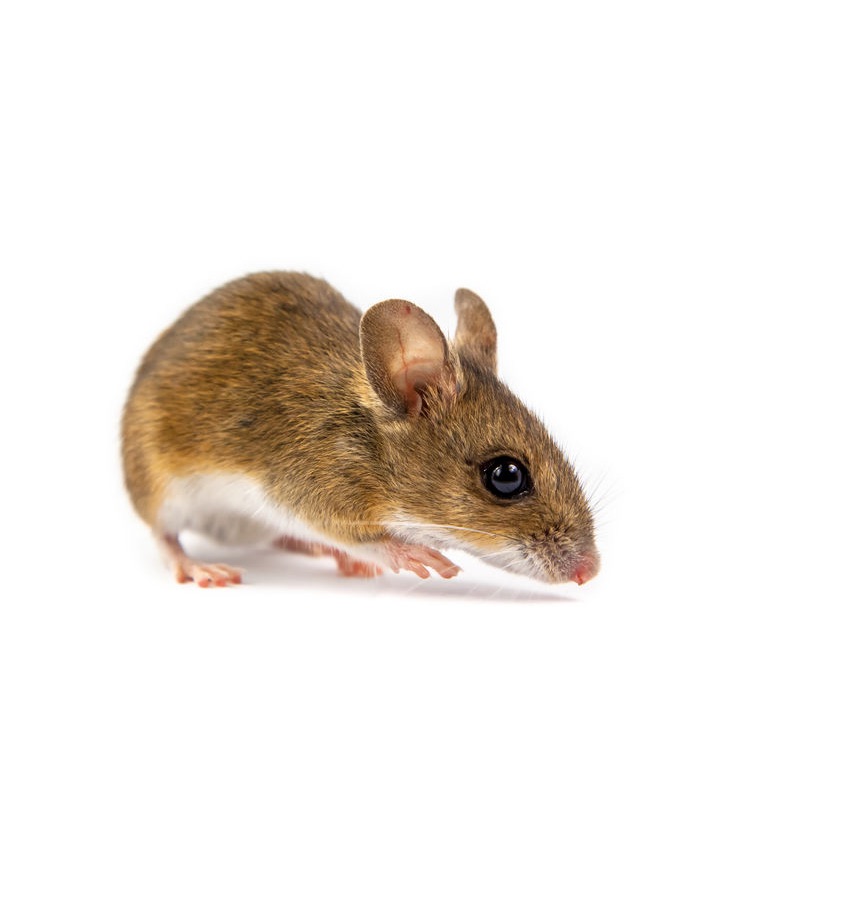
Unlike the house mouse, the wood mouse (or Apodemus sylvaticus L.) is quite hefty. It has a pointed snout, large protruding ears, a long tail and large black eyes. The body is about 7.4 – 10.7 cm long without the tail, which is about 7.3 – 11.5 cm. The wood mouse has a light yellowish brown to dark brown back, with a light belly. The back and belly sides are characteristically marked by an orange-brown dividing line. The tail skin of the wood mouse is wafer-thin in places. If you grab a wood mouse by the tail, chances are the skin will be stripped off.
A female gives birth on average 2 – 4 times a year and gives birth to up to 7 young at a time. Wood mice are real diggers and climbers and their long hind legs allow them to jump 60 – 65 cm high and 40 -80 cm far. They prefer forest edges with dense undergrowth, open forest patches with scrub or gardens with trees and scrub.
By the way, it is characteristic of wood mice that they often drag feed boxes full of pebbles.

The field mouse (or Microtus arvalis Pallas.) has a tail that is much shorter than the body. It occupies only ⅓ of the body. It has a plump build, with a plump snout, eyes and ears hidden in the fur, and makes a short-haired, smooth appearance. The body is about 9.5 – 12 cm long without the tail. The field mouse can be recognized by a brown to grayish-brown back with color variations up to black. The abdomen is often lighter to light brown.
Field mice are excellent diggers and prefer to live in dry, sunny and sheltered places. Usually places with rough and dense vegetation. Only the upper edge of the field mouse is clearly visible, as otherwise it is a stocky mouse that looks more like a ball of fur.
A female gives birth on average 5 to 6 times a year and gives birth to up to 6 young at a time. The young are sexually mature after only 25 days and they live slightly longer than the house mouse and wood mouse, averaging one year to 16 months.
A characteristic of field mice is that they almost never climb and jump.
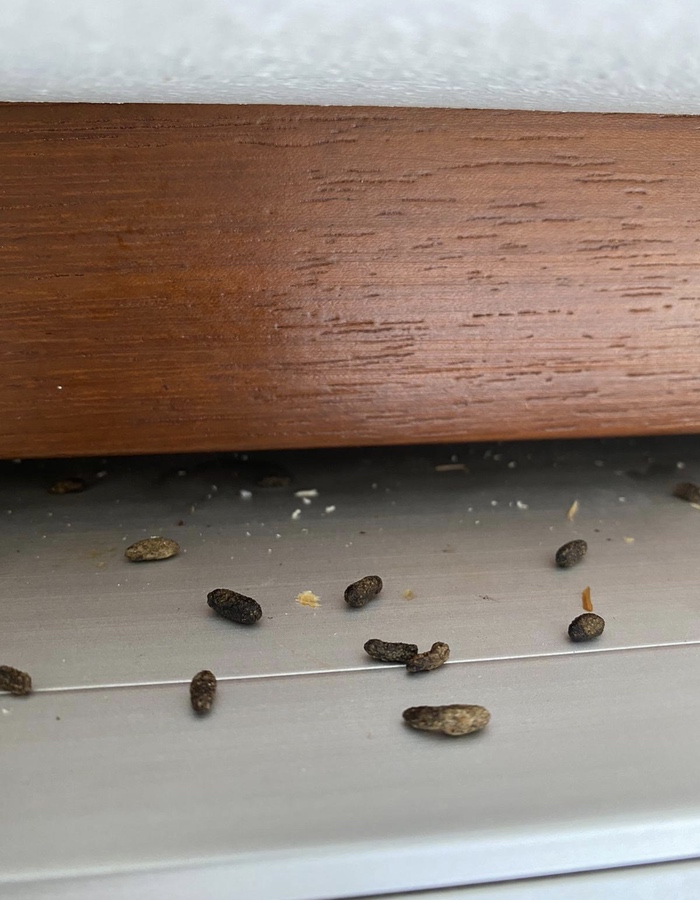
During the day, these nocturnal animals are not likely to show themselves, but from noises in the evening or during the night, you can often hear them. In addition, they will leave evidence of gnawed packaging and sometimes even wiring. Protect Pest Control recommends that you contact Protect Pest Control at least as soon as possible in the event of the following signs.
Especially if you find mouse droppings in the rooms, because this is pretty concrete evidence that there are multiple mice in the area. A mouse will leave about 50 to 80 droppings per day and you can find these in all the places where the mice eat and walk. They look like large sprinkles and in case the droppings are still soft there is a strong suspicion that the mouse infestation is active. In any case, Protect Pest Control recommends that you clean up the mouse droppings as soon as possible, but that you do not touch them and be careful with contact when cleaning. It is also wise to check that area the time after, as this is apparently part of the mice’s habitat. One often finds many droppings in areas with food supplies, near kitchen cabinets or along the wall.
Also with gnawing damage, which you can recognize by the form of grooves about a millimeter apart. Inside your premises you can often find gnawing damage to furniture, baseboards or plastic containers where food is kept. Should you find gnaw damage on wiring contact Protect Pest Control immediately, as in some cases this can cause a fire.
Because mice are curious, inquisitive critters, they often walk throughout rooms in the dark. A mouse’s eyesight is not as good as their sense of smell and hearing, so they don’t need light.
You’ve probably heard it before: if you see one mouse, there are definitely more. This is no fable. Mice live in groups and like to build their nests near food and water. They use twigs, paper, gnawed off cardboard or insulation material. Their own hair is also used. It can easily happen that groups of mice can produce around 2,000 offspring per year and at that point the infestation can no longer be easily countered. Protect Pest Control therefore takes an infestation of mice very seriously and considers control necessary in and around business premises.
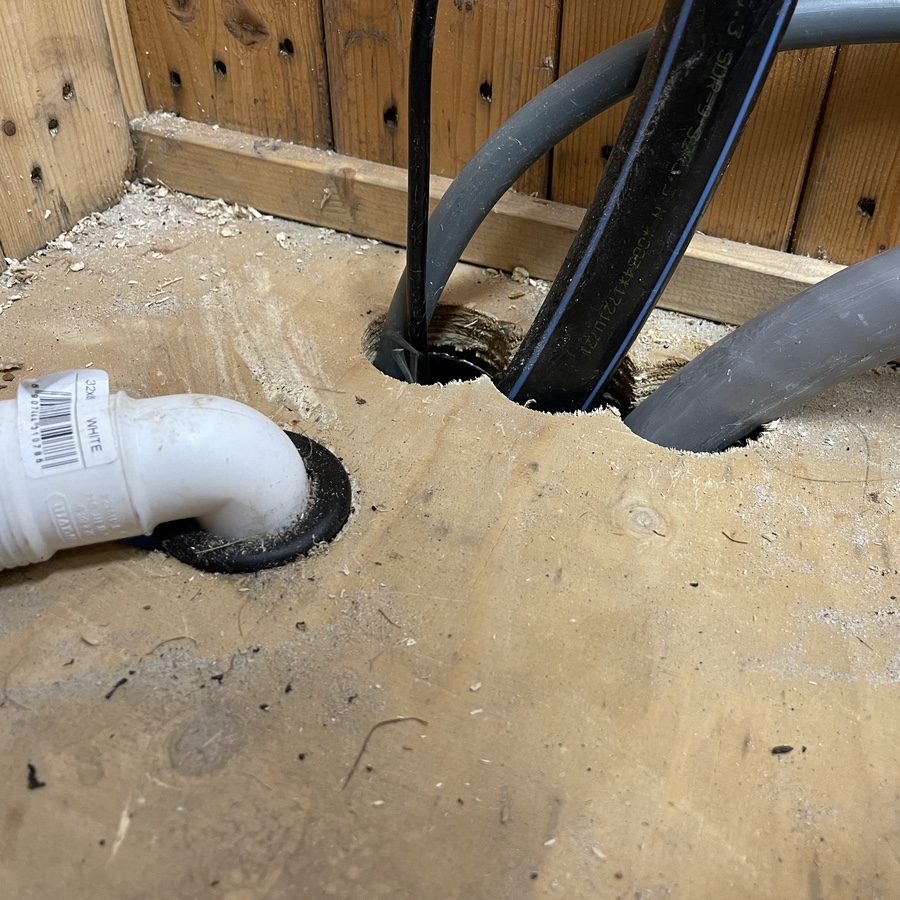
House mice are mostly found in buildings and often live above ceilings. Scratching noises at night are often caused by mice looking for food. They can make themselves very small and fit through tiny holes, sometimes as small as a pencil. Cavity walls often provide fun climbing walls for mice, helping them get from one floor to another. These are also sounds you can watch for.
Protect Pest Control can control the mouse infestation in a very reliable way and help you with elimination and prevention for the future. Leaving a mouse infestation untreated is highly inadvisable, as the mice infestation can run into the thousands and the risks of transmitting disease can then no longer be prevented.
Protect Pest Control is a professional pest control company and uses safe and successful ways to control a mouse infestation. Trying to control the infestation yourself is often insufficient, as you will then only control the mice that allow themselves to be caught. The nests that then hide in the cavity walls or floors then often remain untreated.
Contact Protect Pest Control now to schedule an on-site appointment or for advice and more information.
Protect Pest Control is a professional pest control company and uses safe and successful ways to control mice. We have different ways to control mice, depending on the size of the infestation and the environment to be controlled. Of course, we use the safest methods to control, for both you and your employees. We also record everything in a digital logbook.
Protect Pest Control offers you a suitable customized solution after a no-obligation on-site appointment at your convenience. We have years of experience as a pest control company and are certified. In addition, we use an environmentally conscious manner of control. Protect Pest Control will discuss with you the number of treatments needed to achieve the desired result and will also give you advice on prevention after the control.
Contact us with no obligation!
Do you have certain questions or want to know more about our mouse removal and control services? If so, contact us quickly. By making an appointment today, you can be sure that you will be rid of your mice in no time.
